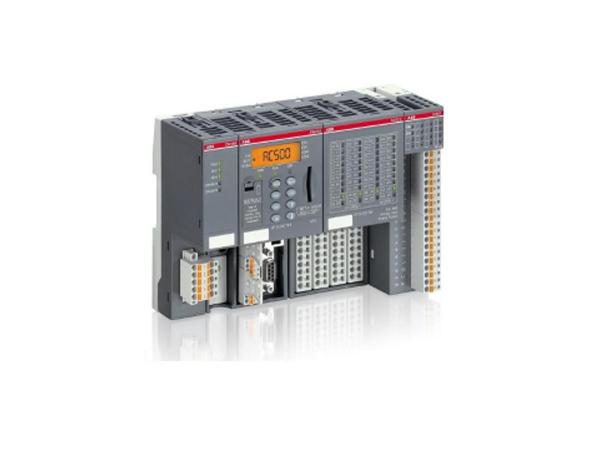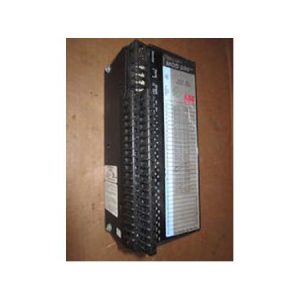PLC SERVO DRIVE
The ALANG Hub service maintenance department is augmented by our large inventory of marine spare parts.
ALANG Hub has a large client network across the world including India, U.S.A., Europe, Middle East, South East, UK, Saudi Arabia, Australia, Norway, Canada, Malaysia, Ukraine, South Africa, South America, UAE, New Zealand, Thailand, New York, Turkey, Russia, Singapore & Latin America. We are having satisfied client base from ship management companies, ship owners, ship repairs, ship suppliers & traders.
A servo drive is a special electronic amplifier used to power electric servomechanisms.
A servo drive monitors the feedback signal from the servomechanism and continually adjusts for deviation from expected behaviour.
A servo drive receives a command signal from a control system, amplifies the signal, and transmits electric current to a servo motor in order to produce motion proportional to the command signal. Typically, the command signal represents a desired velocity, but can also represent a desired torque or position. A sensor attached to the servo motor reports the motor’s actual status back to the servo drive. The servo drive then compares the actual motor status with the commanded motor status. It then alters the voltage frequency or pulse width to the motor so as to correct for any deviation from the commanded status.
Servo systems can be used in CNC machining, factory automation, and robotics, among other uses. Their main advantage over traditional DC or AC motors is the addition of motor feedback. This feedback can be used to detect unwanted motion, or to ensure the accuracy of the commanded motion. The feedback is generally provided by an encoder of some sort. Servos, in constant speed changing use, have a better life cycle than typical AC wound motors. Servo motors can also act as a brake by shutting off generated electricity from the motor itself.



